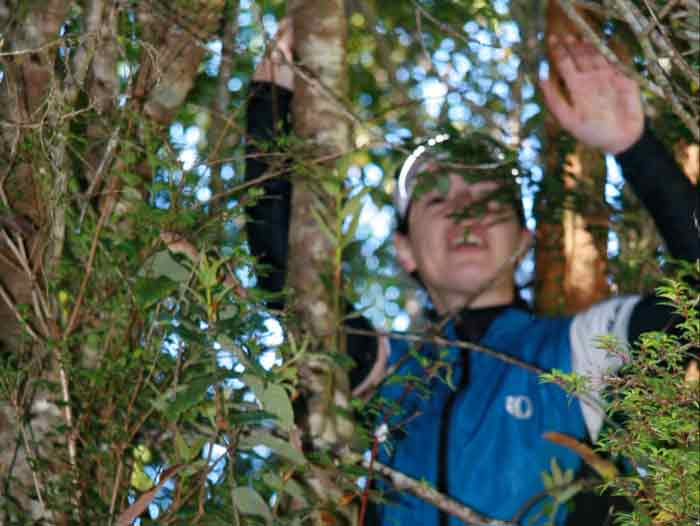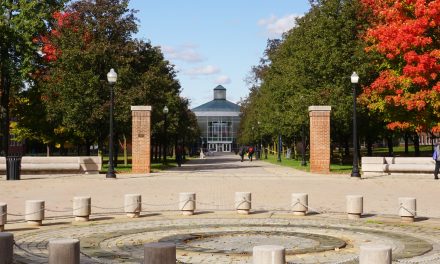Tara Gianoulis has been very busy since she graduated magna cum laude in June 2003 from CSI with a BS in Bioinformatics, serving also as student speaker at Commencement. Since then, she has pursued her PhD in Computational Biology and Bioinformatics. As a student in the laboratory of Mark Gerstein and Michael Snyder at Yale University, she defended her dissertation successfully this semester.
Those achievements are impressive, but the research that she has conducted while at Yale is another reason for Dr. Gianoulis to be proud. She and colleagues in the Snyder and Gerstein lab have sequenced the pathogen Acinetobacter baumannii, a multidrug-resistant superbug that targets people with weak immune systems, most notably wounded veterans of the wars in Iraq and Afghanistan and people in hospitals; her dissertation sought to identify how microbes adapt to changes in their environment, which could be potentially used as biosensors. She is currently studying a fungus called Gliocladium roseum, in the lab of Scott Strobel, that has the remarkable ability to produce jet fuel from plant matter.
It All Began at CSI
Dr. Gianoulis reports that she discovered her interest in bioinformatics, thanks to the urging of the former Chairperson of Bioinformatics at CSI, Dr. Richard Davis (now at the University of Colorado). “When I first got to CSI, I knew that I liked research, but I wasn’t entirely sure what program would be the best fit for me,” Dr. Gianoulis recalls. “Bioinformatics was a relatively new field that fuses molecular biology with computer science, and Richard Davis strongly suggested that I try it. I quickly found that I loved computer science, and as a research student in Dr. Frank Burbrink’s lab studying snake evolution I was able to see first-hand just how powerful the combination of training in two fields could be.”
Taking on a Superbug
Once at Yale, Dr. Gianoulis began research on A. baumannii, using computational biology. What is computational biology? Dr. Gianoulis explains, “In its most basic form, computational biology uses computers to answer questions in biology.” In the case of DNA sequencing, which was key to her research, Dr. Gianoulis notes that all DNA is comprised of “a four-letter code, ATCG, but the arrangement of these letters provides the instructions underlying…all of life. What does this mean though? Although somewhat simplified, what color your hair is, how tall you are, etc., are determined by your particular arrangement of all these ATCGs, almost one billion of them for humans.” The trick, though, is to find particular sequences that might demonstrate that a person has a predisposition to a particular disease or height, and in order to identify these sequences, you can employ something called machine learning.
In machine learning, Dr. Gianoulis programs (or teaches) a computer to identify particular characteristics of something of interest. In this case, to look for portions of baumannii that might be involved in making people sick.
This pathogen is common in hospital settings, attacking patients with compromised immune systems, and causing a number of life-threatening conditions, such as pneumonia, respiratory infections, meningitis, and more. In addition, A. baumannii has been a significant problem for injured veterans of the wars in Iraq and Afghanistan. Based on her predictions of which regions are pathogenic, other researchers can now attempt to manipulate the pathogen’s DNA to better understand how it functions, why it so drug resistant, and maybe even to help design more effective drugs. This research was so groundbreaking that NOVA Science Now on PBS spotlighted Dr. Gianoulis and her fellow researchers.
Click Here to read more about Dr. Gianoulis and discover Eye On CSI, the magazine for alumni and friends of the College of Staten Island.



![[gallery] High-Achieving Students Honored at Dean’s List Ceremony](https://csitoday.com/wp-content/uploads/2012/11/Deans-List-1114121.jpg)












